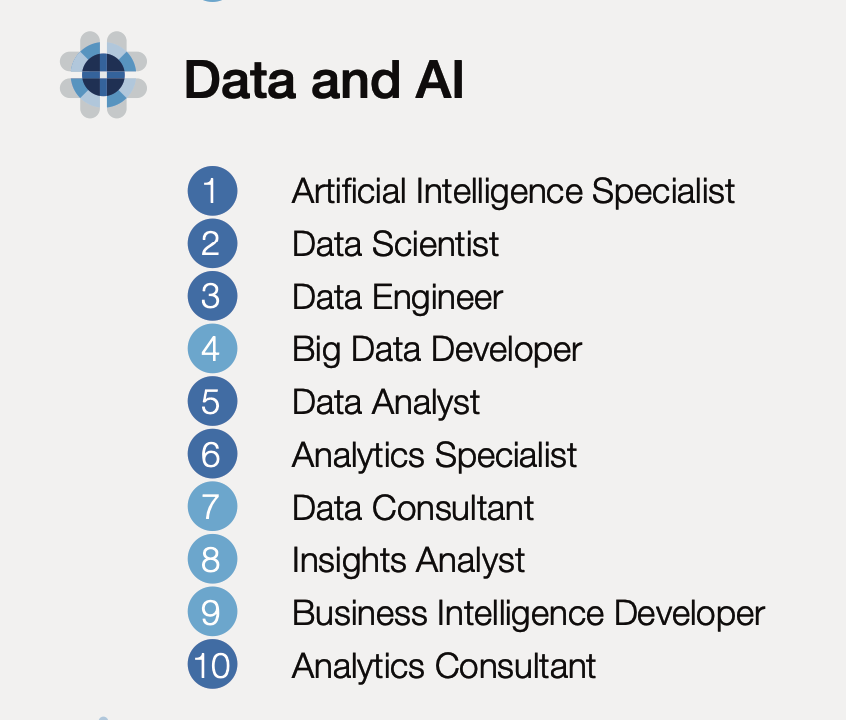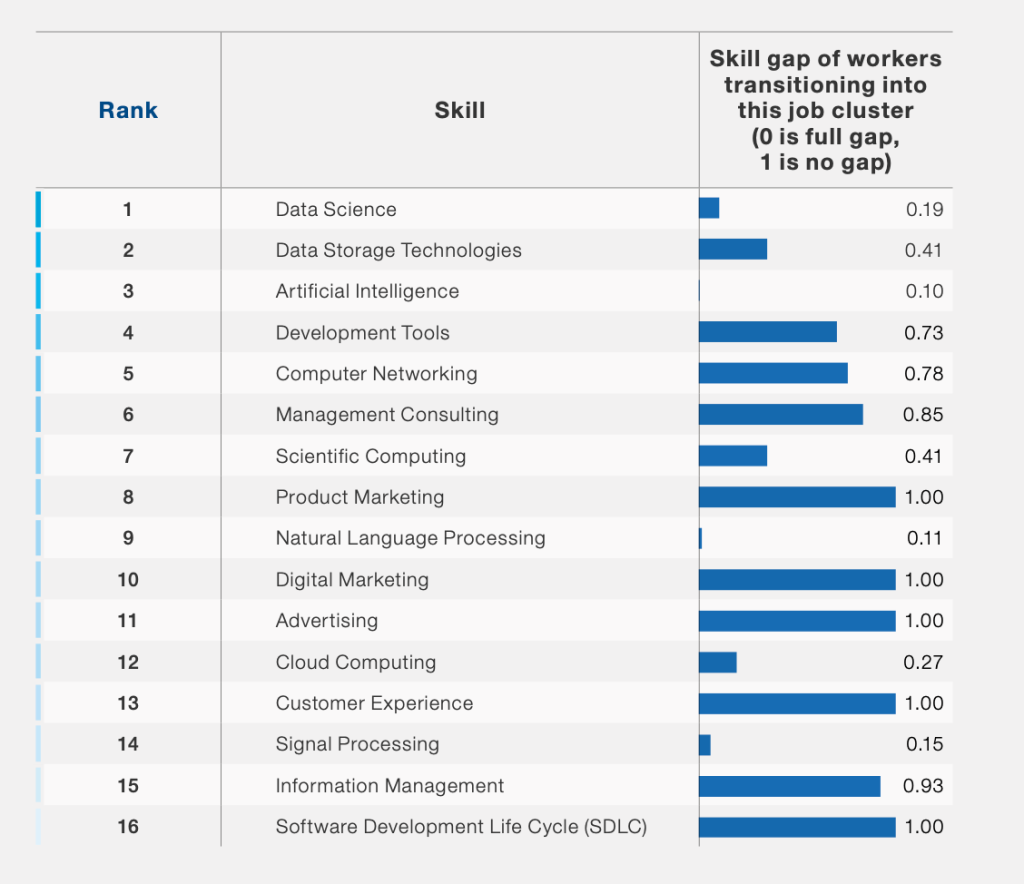The AI field is being revolutionized through Generative AI, and this will bring powerful new capabilities that can be turned into value for individuals, businesses, and society. It is a great time to work with AI. But it is also overwhelming, and challenging, and confusing for most people. If you are outside the AI world, you may be wondering, What really is AI? Is AI going to save the world? is AI going to destroy the world? And on top of that… what is Generative AI? There are so many AI fields, and subfields, and capabilities, and technologies, and algorithms, and frameworks that it is hard to know where to start to understand it. So start here… learn one thing: AI IS PROBABILISTIC!

What does probabilistic mean? it means, any answer you get from an AI system is not a precise answer but a prediction with a certain degree of confidence.
AI systems are not programmed like other deterministic technologies. In the world of technology outside of AI, you program a computer to make deterministic “precise” decisions: i.e.: If the user clicks on this button, then show them an image, if the account balance reaches $5, send the user an email, etc. AI systems, on the other hand, are “trained’ using data to either predict new data based on the input data (traditional AI) – i.e.: an inventory level prediction, a product you might like – , or to generate/create complex new data based on an input prompt (Generative AI) – i.e.: images, videos, code and text -. Training an AI model means you feed it existing data and then use mathematical models that align well with that data to predict future data. In other words, what is underneath these AI predictions is a collection of mathematical, probabilistic models. In essence, you have something similar to a weather forecast: There an x% of chance that tomorrow will rain. We all know how that goes right? maybe it will rain, maybe it won’t because a weather forecast is based on a mathematical probabilistic model. Mathematical probabilistic models are the foundation of any AI system. The problem is that unlike weather forecasts, AI systems are not telling us “there is an x% chance that what I am telling you is correct”. They just give us an answer, so the responsibility today is on us to understand this.
So now that you know that AI systems are probabilistic, how do you use this information? you must understand that any output from an AI system sometimes will be wrong, no matter how great it looks or how confident it sounds in the case of Generative Text models, and need to determine when it is safe to use them based on the impact of an incorrect output. Here are some examples of how to use this one skill to interact with AI:
- Business Leaders. If you are a business leader driving an AI strategy, or aiming to leverage AI to impact your business area, know that with any AI implementation, not only you need to look at how to leverage AI to increase revenue, or reduce costs, or create new business models or new customer experiences. You also need to think about the increased need for risk management. What will happen in the % of cases that AI provides an incorrect answer? will the impact be minor? or will it be a disaster and guardrails need to be implemented?, or will it be a disaster of such magnitude that you can’t let this system be used unless there is a human in the loop? will a sector of the population be impacted different and negatively vs other segments of the population by automated AI-driven decisions? Always remember: AI outputs are not “precise” with 100% certainty. They are probabilistic with precision that is not 100%
- Developers. Developers now have access to one of the greatest playgrounds in the world, with availability of multiple technologies to integrate AI capabilities into their applications. With just a call to an API, you can leverage pretrained AI models and add innovation to your applications without requiring the deep mathematical expertise required to train AI models. But if you haven’t worked with AI before, you are used to working with deterministic technologies. You call an API, you get a response, and that response should be 100% precise. With AI APIs, you are getting a probabilistic output which means, depending on the inputs you give the model you will get different results. These results may be very close to the answer you need if this input is similar to the data used to train the model, or completely nuts if this new input is significantly – mathematically speaking – different from any data used to train the model. Understanding this is key, as depending on the application where these capabilities are being integrated, you need to be mindful of causing no harm if the response this API produces is biased, or completely wrong. And if you are comparing models from different vendors, know that just testing models with a set of inputs may give you completely different results once you change the input sets. So do multiple tests. Don’t make the decision to leverage a model through an API, testing with a single set of inputs.
- Data Scientists. You have got this. Even when you are not training Machine Learning models, but leveraging pretrained AI models, you are used to working in a probabilistic space. You need to be ambassadors of this understanding and drive other business and technical people in your organization, and friends in your circles, to internalize how to make decisions and evaluate outputs of AI technologies
- Everybody else. The latest developments in the AI space have put AI in the hands of everyone. And more and more you will be using systems, tools, apps that have increased AI power. Just remember that any technology you are interacting with will give you results that are not correct. It doesn’t mean the system does not work – it is actually working as it should: in a probabilistic manner. It means you, the human, need to assess and think about the impact of the technology you are using and determine how safe it is for you to use it. For example, a tool that serves you an ice cream it “thinks” you should try, if you don’t have any allergies maybe is safe for you to use. But if you have a peanut allergy, maybe it is not safe to use unless there are guardrails that allow you to provide that restriction.
In summary, today the field of AI could not be more exciting or more full of potential for individuals, businesses and societies, but because AI systems don’t tell us their outputs are probabilistic, we need to always remember it. And not only remember it but assess the impact of any decisions being made by AI systems for us, or by us based on an AI system output. Keep in mind that these technologies are so sophisticated, that if we don’t remember they are just giving us a probabilistic prediction, it is very easy to think that they are in fact reasoning, and even acting like a “real” human.








You must be logged in to post a comment.